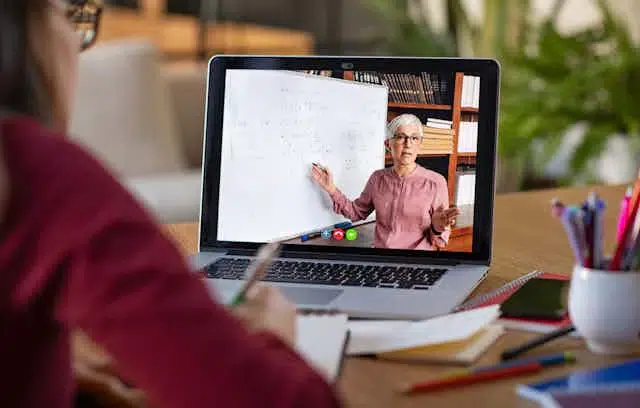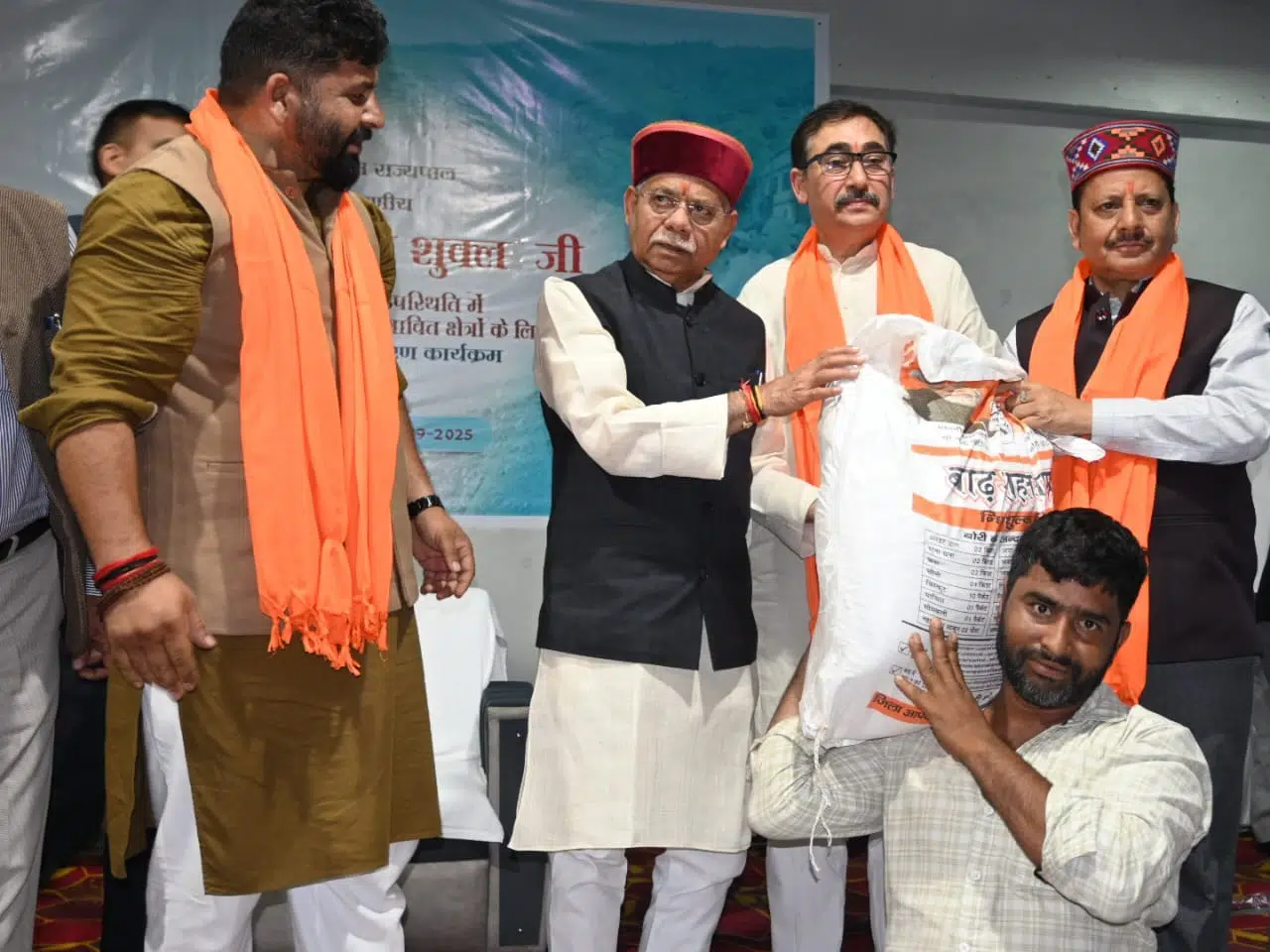Editorial: Online Classes – Fragile System Exposed
3 min read
Suggestive Image
Shimla, Sept. 14 Ritanjali Hastir
Once again, after the recent spell of heavy rains and flash floods, Himachal Pradesh was forced to shift its education system to the online mode. While at first glance this step appeared inevitable under the circumstances, disturbing incidents have once again raised serious and uncomfortable questions about the preparedness of our society to handle online technology in a responsible and secure manner.
Recently, a shocking case was reported from Hamirpur, where in the middle of an online class, an obscene video suddenly appeared on screen. The matter not only embarrassed students and teachers alike but also exposed the vulnerability of digital platforms being used for education. What was meant to be a safe space for learning instantly turned into an environment of discomfort and humiliation. Unfortunately, this was not an isolated case that could be dismissed as an exception.
In Shimla, during a virtual session in a reputed school, a teacher revealed—on condition of anonymity—that while a number of students were logged in, a person casually walked out of a washroom unclothed in the background. The incident shocked everyone connected, and while the teacher tried to maintain composure, the damage to the atmosphere of learning was already done. In yet another case, a simple technical mistake of sharing the wrong link converted what should have been a serious classroom session into something that resembled a DJ party. Instead of discussions and lessons, the screen filled with music and chaos.
These incidents highlight a grim and undeniable reality. Online learning in times of calamities may seem like a necessity, but without proper safeguards in place, it risks exposing children to unsafe, unhealthy, and sometimes even traumatic experiences. Teachers, who are already burdened with the difficulties of poor connectivity, repeated logins, students turning off cameras, and frequent technical glitches, are further stressed by the lack of control over the digital environment. Their primary role as educators becomes secondary as they are forced to juggle the responsibilities of IT managers, disciplinarians, and emotional caretakers all at once.
Parents too are part of this difficult equation. Many of them, often away at work or themselves preoccupied with the challenges posed by natural disasters, cannot be expected to monitor their children during every online session. As a result, children remain vulnerable in unsupervised digital classrooms where anything from inappropriate interruptions to technical mishaps can occur at any moment.
Natural disasters may be beyond human control, but ensuring safe infrastructure, filtered platforms, and better monitoring lies squarely on the shoulders of the administration. Without these safeguards, the exercise of online education during such times becomes little more than a hollow formality. Instead of truly imparting knowledge, it wastes valuable time, drains energy, and creates stress without yielding concrete learning outcomes.
The recent experiences in Himachal Pradesh make it abundantly clear: our current system of online education is fragile, unprotected, and unprepared for the realities of disaster-driven shifts. Unless urgent steps are taken to secure and strengthen the digital learning environment, such exercises will continue to fail students, teachers, and parents alike.
Also read:
Editorial: Online Classes in Times of Disaster – Misplaced Priority?




